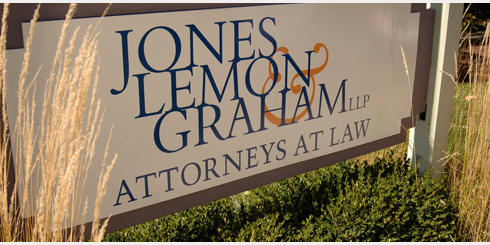In defending specific performance action, attorney’s failure to argue trust rather than client owned property wasn’t legal malpractice because trust didn’t own the property
by Christopher Graham and Joseph Kelly
Plaintiff, the sole trustee and sole beneficiary of a trust, transferred real property into that trust. Plaintiff received an offer to purchase the property and she hired defendant attorneys to draft a sales contract. The contract listed plaintiff — not the trust — as the Seller. Seller decided she didn’t want to go through with the sale after she was unable to get certain affidavits regarding ownership as required by the title company.
Buyer sued for specific performance and plaintiff retained defendant attorneys to represent her. Buyer prevailed. In that suit, defendant attorneys admitted plaintiff — rather than her trust — owned the property and didn’t raise a defense of lack of ownership.
Plaintiff alleged in this suit that defendant attorneys committed legal malpractice by failing to raise a defense of lack of ownership. Defendant attorneys’ summary judgment motion was denied because the court found there was a material issue of fact as to whether the decision to admit plaintiff was the owner and not her trust was a reason why Buyer was granted specific performance. Defendant attorneys successfully moved for reconsideration.
The issue essentially was whether the lack of ownership defense was futile. The court noted that it’s possible under New York law for the same person to be the trustee and a the sole present beneficiary under a revocable trust — but only if there one or more people hold a beneficial interest in the trust. Here, plaintiff was the sole trustee and sole beneficiary, and no one else had a beneficial interest in the trust. The trust thus was invalid and any purported transfer of real property to the trust was invalid and plaintiff remained the property owner.
Defendant attorneys failure to raise a lack of ownership defense thus wasn’t legal malpractice.
Tags: New York, legal malpractice





